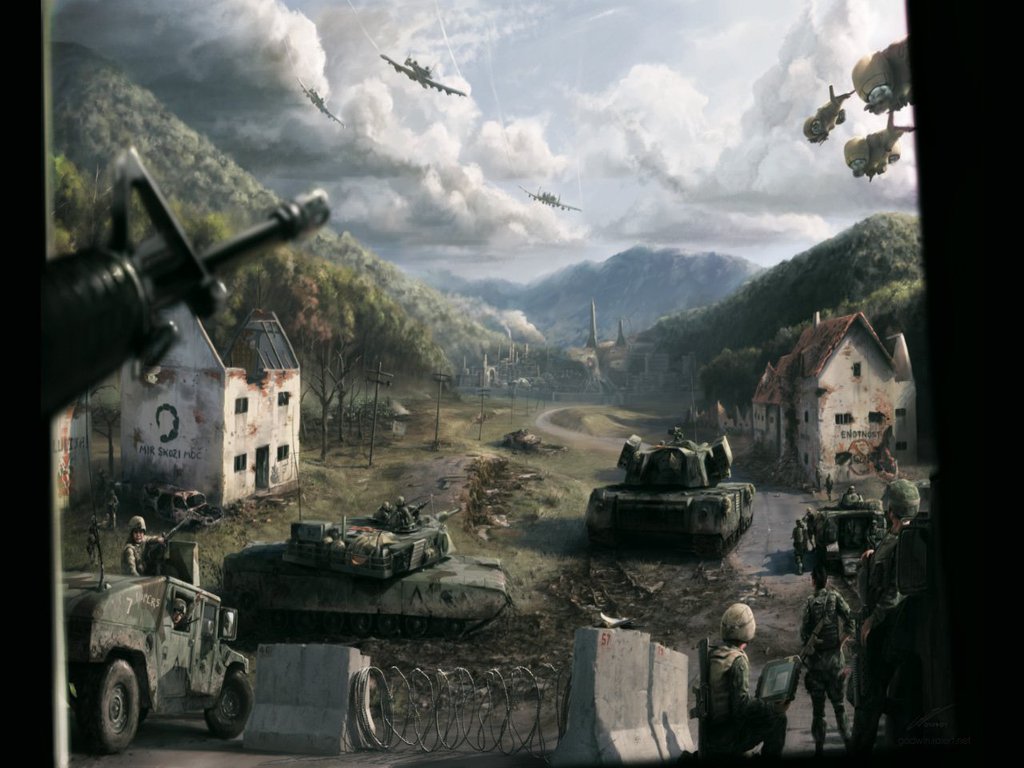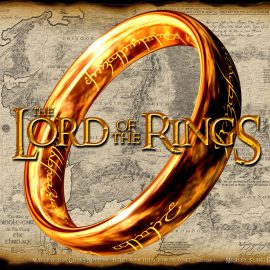Yesterday, a friend posted on Facebook that the Lord of the Rings movies did the character of Boromir dirty. I countered that those movies did every character dirty, with the possible exception of Sam and Gollum. The best parts of the movies are the visuals and the soundtrack. This is because Peter Jackson, Phillipa Boyens, and Fran Walsh don’t actually understand Tolkien’s work. They certainly lack his subtlety. (Yes, I’m going to go into some detail on what they got wrong. Some. Those who don’t like people trashing movies for screwing with the source material might want to stop reading now. Because I’m not going to stop, because it’s my blog.) And every character change they made watered down the character. First of all, Aragorn didn’t need an arc, where he agonizes and broods, worried that he shouldn’t be king because wanting power is bad. Because The Lord of the Rings isn’t the entirety of his story. It’s the culminating chapter of a long life of hardship, toil, and duty, that has led him to this point, where it is time to take up the mantle left to him. He’s got the experience, he’s got the hard-won wisdom, and he knows that
On “Subverting Expectations”

There’s been a lot of talk lately about “subverting expectations” in storytelling, due to the recent ending of Game of Thrones. So, since I’m a storyteller, let’s take a bit of an aside to discuss it. Much of the praise that George R. R. Martin’s book series, A Song of Ice and Fire received was about how it didn’t play it safe. It “subverted” the old fantasy tropes (which, admittedly, had been largely done to death by Tolkien copycats who didn’t understand Tolkien). Unexpected things happened. The good guys didn’t win just because they were the good guys. (It was sometimes hard to tell who the good guys were.) Now, some of this was simply marketing. To listen to some people, you’d think that George Martin invented moral shades of gray in fantasy fiction. David Gemmell, Glen Cook, and a host of others beat him to it by decades. Full disclosure: I read the first three books, the year that the TV show started. I quit after A Storm of Swords. And a great deal of that decision was based on the nature of this “subverting expectations” model of storytelling.
Setting the Stage Part 6

Russian actions across the former Soviet Union…have been met with open hostility from the West. While that hostility is not misplaced, given the general disregard for the Laws of Ground Warfare displayed by Russian forces, both regular and irregular, and the realities of alliances on the ground, it has led to clashes and showdowns, especially in Syria, where the Russians are backing Bashar al Assad’s government, while the US and the West have backed militias they consider to be democratic rebels
Weapons for Near-Future Settings and “Kraut Space Magic”

I’ve had to do some research into possible near-future weapons systems for a couple of series, now. If you’ve read The Colonel Has A Plan, you might have noticed that the Marines under Colonel John Brannigan are using M27s and LSAT machineguns instead of the current M4s and M249s or M240s. Similarly, the Marines at Camp David in Lex Talionis are armed with M27s. Now, arming Marines with M27s is an easy choice, since the Marine Corps recently announced a wider deployment of the glorified HK 416s, but it touches on a common theme when writing near-future military fiction. Including new weapons and gear that isn’t necessarily in common use yet helps to establish your setting.
Overtaken By Events
“Timeliness” is a temptation that I think most military/spy fiction writers have to deal with. “Ripped from the headlines!” and “Prophetic!” are compliments that reviewers have used for works in the genre going back to Tom Clancy, at least. Those same phrases have been applied to some of my own work, and I’ll admit that it can be somewhat affirming (though often in a grim sort of way) to see events move in a generally similar direction to that predicted in one of your novels. It shows you that you read the situation fairly accurately.
On Gun Porn
No, this isn’t about InRangeTV opening an account on PornHub. (Yes, apparently that’s a thing. No, I haven’t gone looking for it, nor will I.) This is about the facet of much Action Adventure writing known colloquially as “Gun Porn,” wherein the author includes (and often lovingly describes) various cool and interesting firearms in the story. This isn’t particularly new; a lot of Louis L’Amour westerns describe interesting (and sometimes obscure) weapons that aren’t commonly found in the run-of-the-mill western (particularly on screen). But as with any element of storytelling, there’s a right way and a wrong way to go about it.
Why I Write Mercs
Mercenaries haven’t really been a staple of mainstream thrillers since the ’80s. Tom Clancy introduced Jack Ryan, an analyst, as the hero of his techno-thrillers, and it seemed to set the tone for much of the genre to come. Harold Coyle’s heroes were mostly tankers. Dale Brown’s were bomber pilots. As the GWOT got started, even the more shadowy operatives, like Vince Flynn’s Mitch Rapp and Brad Taylor’s Pike Logan were still directly operating within the government apparatus, if so black that they “didn’t exist.” So, why did I go with mercenaries for the Praetorian series, Kill Yuan, and the Brannigan’s Blackhearts series? Well, I think that has several answers.
Telling Spook Stories Around the Campfire

I got my start as a storyteller in the dark, around campfires, up at Camp Fife in Washington State, about eighteen years ago, now. In a real way, the Jed Horn series is simply a continuation of that old tradition. There are two kinds of campfire story; the traditional ones that are passed down from fire to fire, for years, only changing in small details of the telling, flexible things that are simply the flavor the teller adds as he goes. The other kind are the ones I mostly told; the improvised scary stories. My first was pretty simple. A wisp in the woods, a curious Scout, and a game of cat-and-mouse underground with a monster that could change shape at will. It wasn’t the best spook story ever told, but I had already learned a few things from it. Between that one and a couple of the later ones, I developed a few rules.
The (Literary) Problem of Evil
From a piece by John C. Wright, from a few years ago: In none of the stories I just mentioned, even stories where the image of Our Lord in His suffering nailed to a cross is what drives back vampires, is any mentioned made of the Christ. Is is always an Old Testament sort of God ruling Heaven, or no one at all is in charge. So why in Heaven’s name is Heaven always so bland, unappealing, or evil in these spooky stories? I can see the logic of the artistic decisions behind these choices, honestly, I can. If I were writing these series, I would have (had only I been gifted enough to do it) done the same and for the same reason. It is the same question that George Orwell criticized in his review of THAT HIDEOUS STRENGTH by CS Lewis. In the Manchester Evening News, 16 August 1945, Orwell writes that the evil scientists in the NICE [the National Institute of Coordinated Experiments, who are the Black Hats of the yarn] are actually evil magicians of a modern, materialist bent, in communion with ‘evil spirits.’ Orwell comments: Mr. Lewis appears to believe in the existence of such
“This Story is Dated.”
I recently had the opportunity to finally pick up and read a classic of science fiction, E.E. “Doc” Smith’s Triplanetary. I’d had the paperback sitting on my shelf for quite some time, but had only in the last couple of months gotten around to reading it. I was a little confused at first, since none of the stuff about the Arisians or the Eddorians that was on the back cover was in the book. It turns out that Cosmos Books had only printed the original 1934 serial version of Triplanetary, from before Smith rewrote it to fit in with the Lensman series in 1947. Instead of the actual Lensman version of Triplanetary, that the cover advertised, these folks printed the original, and packaged it along with another story, “Masters of Space,” that Smith had serialized with E. Everett Evans in 1961 and 1962. Not knowing anything about the story, and being unsure if it was supposed to be part of the Lensman series or not, I went looking around the internet to find out about it.
